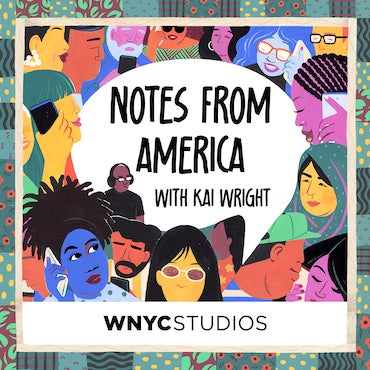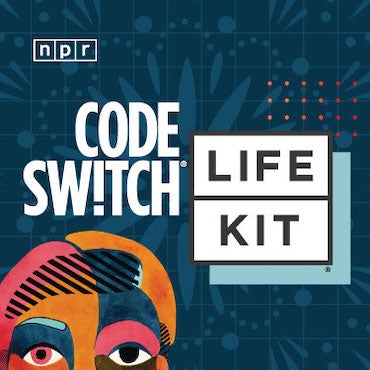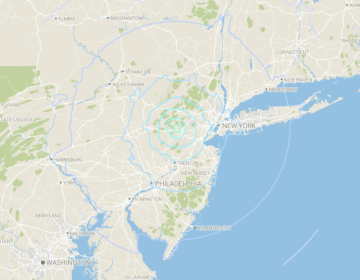Philly’s Textizen campaign works best on commuters
The Philadelphia City Planning Commission recently tried out a new tool for stoking civic engagement. The pilot project is over. The results are in.
Textizen works best with a captive audience.
“People riding on buses and trains were much more likely to respond,” said city planner Clint Randall. “Of all the different posters that we put around town asking people questions to respond via text, we really found that commuters were a great captive audience.”
Nearly 600 people responded to the yes-or-no question posted on SEPTA trains and buses. It asked, “Would you ride a rapid transit service along Roosevelt Boulevard to get to Center City?”
“Yes” votes got 97 percent.
When asked a follow-up question via text if they’d be willing to transfer to the Broad Street subway, only 60 percent said “yes,” according to Randall.
The information is now part of the Lower Northeast district plan, which is part of the city’s Philadelphia2035 strategic planning initiative.
Lessons
The new program was built by developers at Code for America, the so-called “Peace Corps for geeks.”
Philadelphia was the first city to try out Textizen. In addition to the question about rapid transit, city planners posted two other questions around the city. (“What would make Center City more kid-friendly?” “How do you mainly use city recreation sites?”)
Those more open-ended questions received about 100 responses each.
Randall says public input via text message can be a powerful tool for city agencies. Compared to participation at traditional public meetings, feedback was very high.
“The fact that we were able to have, admittedly, a brief conversation, but a conversation nonetheless, with more than 700 people is pretty exciting,” Randall said.
He says the planning department plans to integrate Textizen into future projects. Randall hopes other city agencies use it too.
“There are all sorts of things where the city has to make certain choices, usually with limited resources,” says Randall. “And Textizen can be a way to determine where the support is for different things.”
WHYY is your source for fact-based, in-depth journalism and information. As a nonprofit organization, we rely on financial support from readers like you. Please give today.




